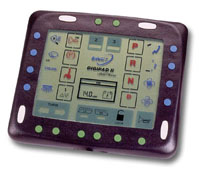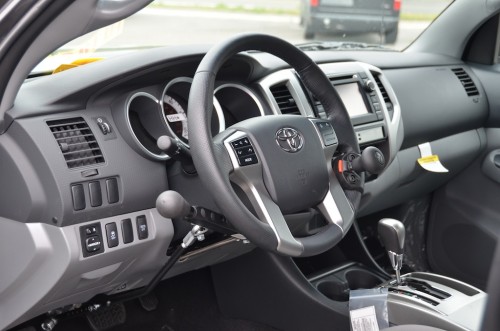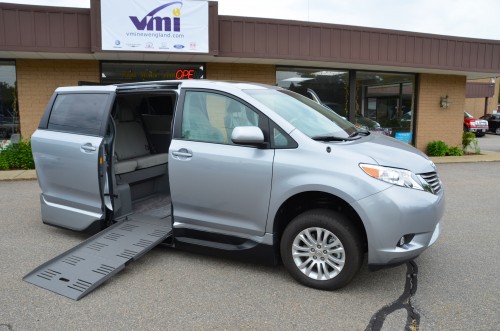Experienced users of adaptive driving aids, as well as those who have just been introduced to them, will appreciate the depth of experience and the number of options available to them here at VMi New England Mobility Center and Automotive Innovations, Inc.
Adaptive driving aids are as diverse as the people who use them, but they do fall into several distinct categories; basic driving aids, reduced effort modifications and advanced driving controls.

Advanced Driving Controls
Advanced driving controls, or “high-tech driving systems” have advanced tremendously over the years, thus creating options for drivers with higher levels of disability. Advanced driving controls are truly a custom solution. As a result, the key components of these systems are combined, fitted and installed based on an extremely thorough process of evaluation, prescription and fine-tuning.
Hand Controls
Hand Controls in the advanced driving aid category are of course more advanced and are typically for individuals with very limited mobility and strength for operating a vehicle. A slight touch of various adaptive devices allow the car to accelerate and brake with ease.
- Electric Gas and Brakes are operated from an electric servo in the form of a joystick or lever input device. Individuals can then use their hands to control their speed and to brake.
- Pneumatic Gas and Brakes are operated from an air pressure system and controlled by an easy joystick, foot pedal or other device.
Steering Controls
- Horizontal Steering accommodates a limited range of motion when the driver cannot use a conventional steering wheel.
- Reduced and Zero Effort steering is for users who do not have adequate strength to operate the vehicle with factory resistance levels.
- Electric steering allows the steering control to be located almost anywhere to assist the operator. They can be operated in the forms of miniature steering wheels or joysticks.
Electronic Gear Selection
Electronic Gear Selection allows the operator to push a button for a gear selection.
Remote Accessory Controls
- Voice Scan uses one to two targets or buttons to operate a multitude of functions within the vehicle while utilizing a verbal audible menu.
- Single Touch allows vehicle functions to be moved to a different location in order to fit the needs of the disabled driver.





